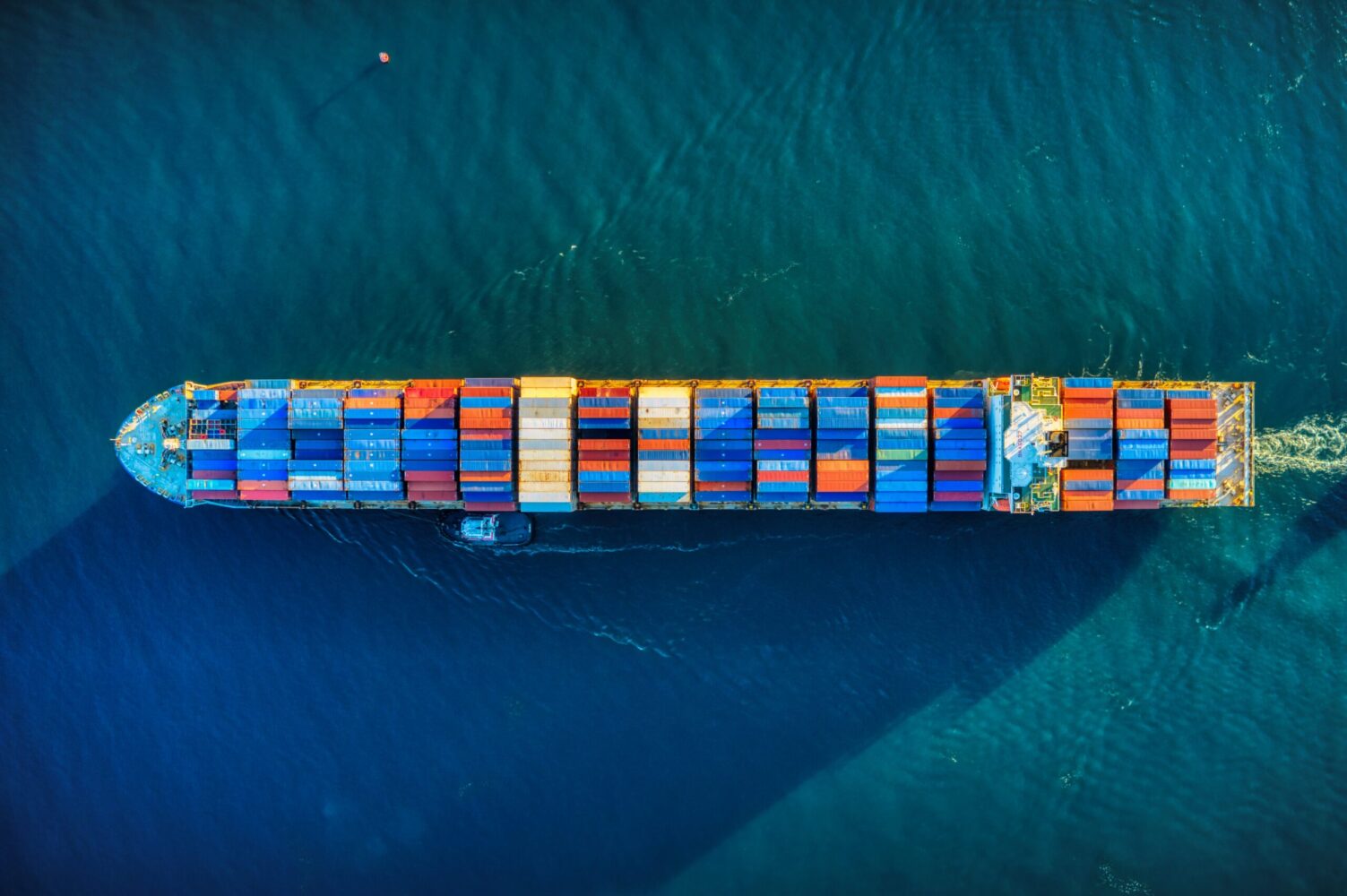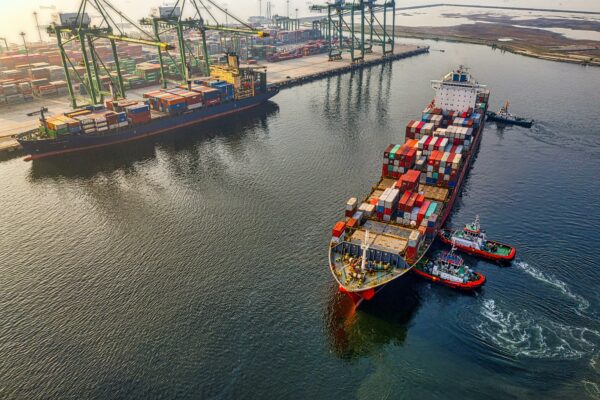Red Sea Disruption Q&A: What Shippers Are Asking
Jan 18, 2024
Scroll to find out more
Jan 18, 2024
Scroll to find out more

Recent disruptions in the Red Sea region have raised critical concerns for shippers moving goods through the Suez Canal and the surrounding area. While supply chain uncertainty has become a fact of life in recent years, the severity and danger of the current situation makes it stand out from other forms of disruption.
On our recent, packed-out Red Sea Webinar, Anne-Sophie Fribourg, VP of Ocean and Catia Fernandes, Head of Trade Asia and IPAK – Europe and Intra-Europe, shared their insights on the repercussions of the crisis on everything from rates and capacity to CNY and carrier strategy. We also received a huge number of questions from our audience, not all of which we had time to answer on the webinar – so let’s dig into everything else shippers wanted to know about the Red Sea crisis.
Post-Chinese New Year, we expect to see a reduction in cargo coming out of China’s factories, which should clear the backlog at ports and lessen pressure on vessels.
This will hopefully lead to improved availability, though the extent is uncertain and depends on carriers’ strategies regarding blank sailings. The current situation has already dramatically impacted rates, with substantial increases observed across various routes. For instance, rates from the Far East to North Europe surged by 306%, to the US East Coast by 90%, and to the US West Coast by 110%.
However, given the general low-demand environment in 2024, with ongoing headwinds from inflation and uncertainty, we should see rates decrease post Q2.
To be blunt, the risk exists, particularly as attacks mount in the region.
While military vessels are attempting to intercept these attacks, and have been successful in doing so, this doesn’t eliminate the risk entirely. Factors like the number of missiles and their impact locations play a role. We have already seen aggression increase in the region, with vessels still being hit. Obviously, if a vessel is hit, retrieving containers could be delayed, depending on the level of damage.
The market dynamics for Asia-Europe and Asia-US are distinct, influencing the way rates fluctuate.
For the Trans-Pacific route, less impacted by pricing shifts, GRIs have been successful since the summer. In contrast, the Asia-Europe route experienced lower rates around October, with shipping lines only recently managing to implement GRIs to increase rates.
The increased transit time primarily refers to the voyage itself, not congestion at the destination. Assessing destination congestion is challenging at this stage, but will become clearer in the coming weeks.
Intra-Asia and other routes are not significantly impacted unless they involve the Middle East. The Panama Canal is already experiencing issues, including low water levels and queuing ships, which affects capacity and rates on the Transpacific. While carriers had been using the Suez canal to avoid Panama canal disruption, the balance of risk now probably favours Panama, with delay preferable to active danger.
Intra-Asia trades might see less equipment availability as carriers prioritise repositioning to Europe-linked trades, in a similar way to Asia-US routes.
The Red Sea attacks haven’t significantly impacted airfreight rates yet. An increase in rates is expected, with a significant surge anticipated leading up to the Chinese New Year, which will require a focus on spot quotes during this period. We will also expect a gradual increase in air rates due to the crisis as well which could last for a number of months.
For sea-air routing, shipments usually go from Chinese ports to Abu Dhabi or Jebel Ali, then air freight from Dubai or Abu Dhabi airports to the UK.
Regarding rail, the main route is from Wuhan to Duisburg in Germany, with onward transport to the UK and Central Europe.
To preserve the margin of their long-term contracts, carriers have taken the risky move of adding peak season surcharges on top of rates, which are usually lower than short-term rates. They’ve also capped the allocation, meaning long-term contracts can be preserved as long as a certain volume is shipped. Announcements indicate that the shipping line will respect the commitment but will not be giving anymore space, or will give space at a higher rate.
We are working with clients on a range of strategies to preserve long term air rates, strategies including BSAs, agile consolidations, using different carriers/routes, maintaining volume commitments, and early, clear communication with carriers to secure space.
Carriers often publish proforma transit times that are not updated until after leaving certain ports in Asia. Given the situation with the Red Sea route, it’s advisable to add a buffer to these times. The actual transit times may be longer than what’s stated on carrier websites – this will mean an active approach to managing and planning your sea freight, with regular check-ins, lead time reviews and real-time inventory management.
The long term impact of the disruption in the Red Sea remains to be seen. What is certain, however, is that we will see more competition on capacity, prices and equipment levels which will put additional pressure on shippers.
The era of the set-and-forget supply chain strategy is long gone – that’s why we work hand in hand with our customers to help them build agile systems that can adapt to the latest market changes without adding unnecessary costs or delays.
To find out how you can navigate a path through uncertainty, book your free strategy consultation with our expert team today.

If you’re looking for a partner who can support you through 2024, and beyond, w...

Last updated: Monday 3pm BST On Friday 19th July, an unprecedented global issue...
